Foreword
This article refers to the address: http://
Over the past 20 years, the complexity of automotive electronic systems has increased dramatically, and a large number of new features have required to display a large amount of status information to the driver. This status information is typically provided to the driver via a dashboard using a simple LED, field LCD or dot matrix LCD display.
In the past, the following major reasons have made TFT displays not widely used in the automotive market: TFT flat panel displays are expensive, fail to meet automotive-grade quality and reliability standards, and drive electronic components that display displays and manage HMI interfaces are expensive. The electronic components required for the system, such as graphics accelerators and flash or SDRAM/DDRAM memory, also increase the impact on vehicle cost, quality and reliability. Because of the high cost of the final, TFT LCD panel is only used in high-end cars with small output.
The disadvantage of the standard graphics solution is the need for a large-capacity buffer, which uses RAM memory technology and is costly to integrate. The main innovation of the SPC56xS family of microcontrollers is a new no-cache concept that allows the microcontroller to take graphics from any memory unit (flash or RAM). In addition, the graphical information is stored hierarchically, and the memory capacity can be minimized by optimizing the color depth of each layer. A direct unbuffered bit block image transmitter is responsible for integrating the images, and the image generation performance is excellent, and the memory and bandwidth resources are very small.
Ultimately, the reduction in system resource requirements, especially the memory capacity requirements, paves the way for a single piece of integrated infrastructure. Because it supports the typical QVGA/WQVGA display format, this solution helps reduce the cost of the semiconductor components of the instrument panel.
From low-end instrument panel microcontrollers with no graphics display to mid-to-high-end instrument panel microcontrollers that support TFT displays, STMicroelectronics' SPC56xS family of microcontrollers offers a full range of single-chip solutions, including high-end solutions. Vector graphics technology.
Combined with the expanding range of automotive-grade TFT panel suppliers, product prices have fallen dramatically, and this innovative product portfolio is driving automotive manufacturers to deploy graphics displays on all automotive platforms.
The challenge of car dashboard TFT display
When trying to understand the requirements of a car dashboard, you should first understand the three major challenges of the display market:
• System cost limit
• Quality and reliability issues
• System compatibility and scalability within a given family of products
If you want to understand these three issues, we must review the existing classic system architecture.
Basic dashboard architecture
Figure 1 is the architecture of a basic dashboard.
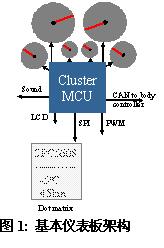
The basic instrument panel contains a speedometer, engine tachometer, fuel gauge or oil temperature gauge. The basic dashboard typically requires four to six measurement or indicator meters that are controlled by the microcontroller's stepper motor control output.
In terms of information display, these architectures use a parallel LCD bus, an SPI bus, or a pulse width modulated signal to drive a field LCD, dot matrix LCD, or LED display, respectively. In order to communicate with sensors, actuators or body controllers, these architectures also require several communication buses. Usually a LIN or CAN bus.
To optimize cost, such applications use single or double layer printed circuit boards.
Modern TFT display dashboard architecture
TFT display instrument panels come in many forms: with or without mechanical instrumentation, single instrumentation or dual instrumentation. Figure 2 shows a common architecture for modern dashboards.
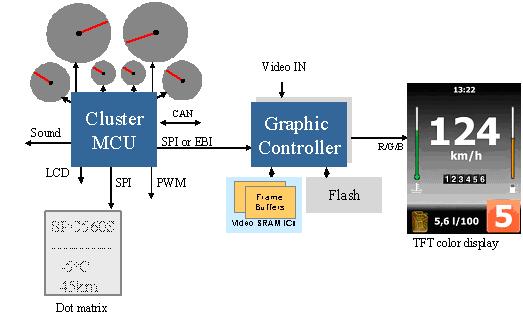
Figure 2: Modern TFT Display Dashboard Architecture
This architecture still uses the same type of microcontroller control panel peripherals (such as meters) as in Figure 1, plus a dedicated graphics controller. The graphics controller receives the HMI information sent by the dashboard microcontroller via the fast SPI or EBI bus. This architecture requires the graphics data to be stored in external parallel flash memory. Processing graphics data requires the use of several caches within the SDRAM/DDRAM external memory component. These caches usually determine the size and resolution of the display. Because the cache is too large, it is difficult to integrate them into a single chip. The display data is sent to the TFT panel through the display controller.
This example helps to understand the limitations of this architecture related to the three major challenges above:
• System Cost: This architecture requires a total of four semiconductor components, eliminating the possibility of using a simple printed circuit board; multiple layers of printed circuit boards or multiple boards are required. Due to the large amount of graphics data that needs to be transmitted, the bandwidth requirements are large.
• Quality and reliability: Devices use different packaging and technologies to increase quality and reliability issues. If multiple boards are used, connector contact issues must be considered.
• System Compatibility and Scalability: When designing derivative applications, device complexity and multi-pin packaging often lead to problems with printed circuit board redesign and software and hardware incompatibility.
How to Innovate Dashboard Architecture with SPC56xS Series Microcontrollers
The SPC56xS family of microcontrollers offers significant system cost savings by integrating HMI and graphics display controllers into the main dashboard microcontroller. The dashboard architecture is shown in Figure 4.
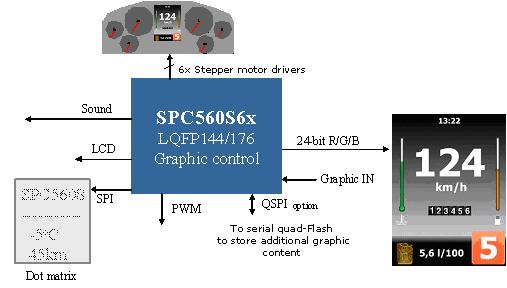
Figure 3: SPC56xSTFT Display Dashboard Architecture
An innovative hardware graphics controller with very limited bandwidth and memory requirements opens up the possibility of implementing this architecture.
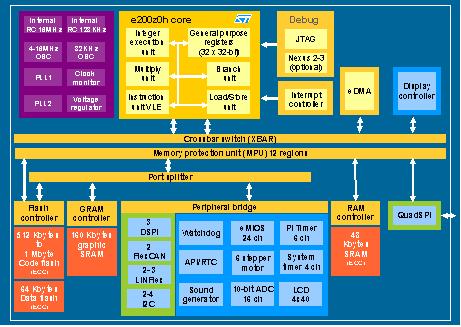
Figure 4: Block diagram of the SPC56xS60
This concept uses a display controller consisting of a direct unbuffered block image transmitter. The controller takes pre-generated or software-generated bitmaps called layers from various storage sources and then integrates them into the display without using a caching mechanism. The arbitration mechanism always sorts the bitmap first before the hardware integrates and displays the image.
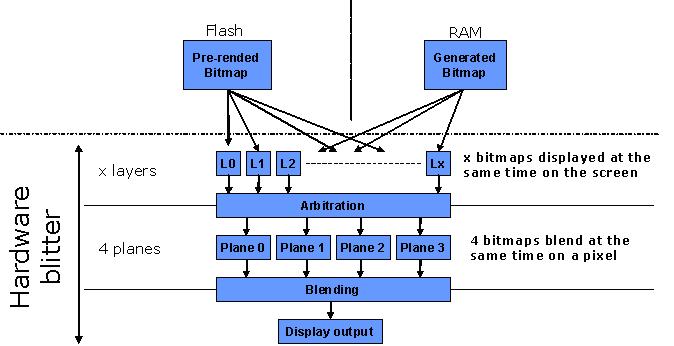
Figure 5: Display Controller Concept
The advantages of this architecture:
• System Cost: As a single device, the SPC56xS handles standard instrument panel peripherals as well as HMI and graphics displays. The device is packaged in a standard LQFP that allows the entire system to use a low-cost, two-layer printed circuit board. If you need to process more graphics content, you can increase the serial port four input and output flash memory with a small number of pins through the QSPI interface.
• Quality and reliability: Use uniform technology and packaging to dramatically reduce verification costs without risk of quality and reliability.
• System compatibility and scalability: The SPC56xS family is targeted at the basic instrument panel and TFT display instrument panel to maintain compatibility between hardware and software in different levels of application. To improve graphics performance, some products also integrate a graphics engine.
in conclusion
STMicroelectronics' SPC56xS family of microcontrollers offers innovative ways to create opportunities for large-scale use of TFT-based dashboards in the automotive market. The same series of products are suitable for various instrument panels, and the functions have been improved, the system cost is low, the quality is high, and the reliability is high.
The first product in the series, the SPC56xS60, includes a 16-layer 4 flat-panel display controller with on-chip memory. Samples for design verification and project development are available now.
A Patch Cord is a fiber optic cable used to attach one device to another for signal routing. Normally, ST stands for Straight Tip- a quick release bayonet style connector. ST connectors are cylindrical with twist lock coupling. They are push-in and twist types. ST Fiber Optic Jumper is available in both single-mode and multimode versions. Both single-mode and multimode versions ST fiber patch come with a zirconia ceramic ferrule with pre-polished PC profile and convex spherical end. These end face types allow for faster polishing, and low back reflection and optical loss, while ensuring maximum repeatability
Fiber Optic Jumper,Fiber Optic Patch Cables,ST Fiber Cable,ST Fiber Patch Cable
Chengdu Xinruixin Optical Communication Technology Co.,Ltd , https://www.xrxoptic.com